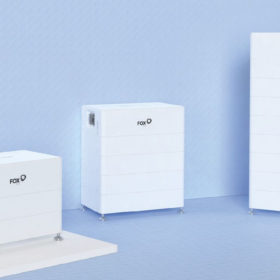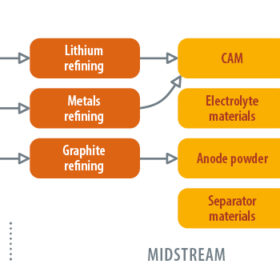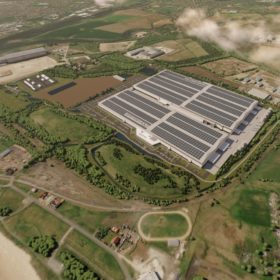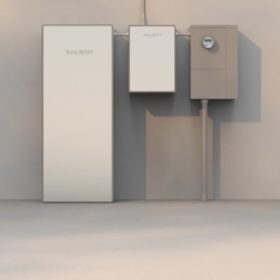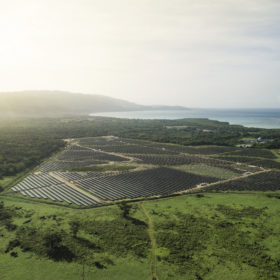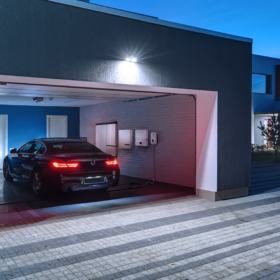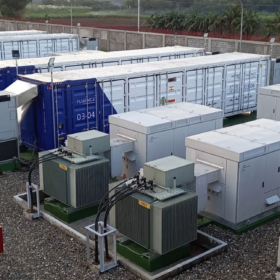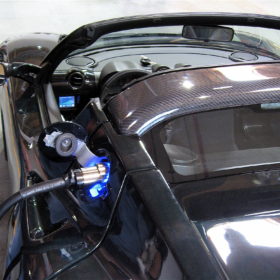Weekend Read: Dawn of the store-age
Last year was another landmark 12 months for energy storage, with all indicators pointing to a massive surge in demand. Supply chain instability and inflation saw battery prices rise but the industry demonstrated an ability to swiftly react to geopolitical developments. We look at five trends driving the market.
Battery supply chain state of health
As the US Uyghur Forced Labor Prevention Act demonstrated, companies preparing to spend big on batteries are at risk of being blindsided by supply-chain-related legislation. Here are some tips on how US developers can anticipate policy curveballs.
International players look to revive British battery gigafactory
Just weeks after announcing its intent to build a AUD 300 million ($210 million) lithium-ion battery manufacturing facility in Australia, Recharge Industries has reportedly joined a host of other bidders considering the revival of collapsed UK battery company Britishvolt. Investment could also revive plans to construct a battery cell gigafactory in northern England.
It could be simple to smarten up your inverter
With AI-enabled devices able to take the money-saving efficiency of lithium batteries to an incredibly granular level, research by Inion Software shows simple changes by inverter manufacturers would enable devices of almost any age to be “smartened up.”
Caribbean neighbors move on solar, storage
Jamaica is lifting taxes on imported lithium-ion batteries, while Guyana has announced funding for eight big solar-plus-storage projects across three regions.
Test production starts at SolarEdge’s 2 GWh Korean battery cell fab
The inverter and battery manufacturer says its new Sella 2 factory will produce cells for its residential solar-plus-battery products as well as for other applications.
Lithium-ion storage: A much-needed development to support the rise of renewables in the coming decades
On Feb. 10 in Belfort, President Emanuel Macron announced his vision for the French global energy industry to 2050. He reaffirmed France’s desire to massively develop renewable energies as intermittent sources on top of the baseload provided by the nuclear industry whose revitalization has already made headlines since. Macron claimed they are “the only means to meet [our immediate energy needs] in a profitable and competitive way”. By 2050, the capacity of the French solar park should be multiplied by more than 10 to exceed 100GWp, while the onshore wind capacity could double to reach 37GW. Offshore wind power should also experience a real take-off as France aims to develop and build 40GW over the same period.
IHS Markit: Battery prices won’t fall until 2024
The London-based analyst has published a series of clean tech predictions for the year which also highlighted the rising proportion of sub-5MW solar projects in the global market, and cheaper clean energy financing costs even as panel prices continue to rise.
A 4,000 cycle lithium-sulfur battery
Scientists in the United States developed a lithium-sulfur battery using a commercially available carbonate electrolyte, that retained more than 80% of its initial capacity after 4000 cycles. The group used a vapor deposition process which unexpectedly produced a form of sulfur that did not react with the electrolyte, overcoming one of the key challenges for this battery chemistry.
Europe faces ‘new era of energy dependency’
The EU has been pouring money into European battery manufacturing and recycling projects but has, as yet, been unable to address the critical question of raw materials, according to analyst WoodMac.
